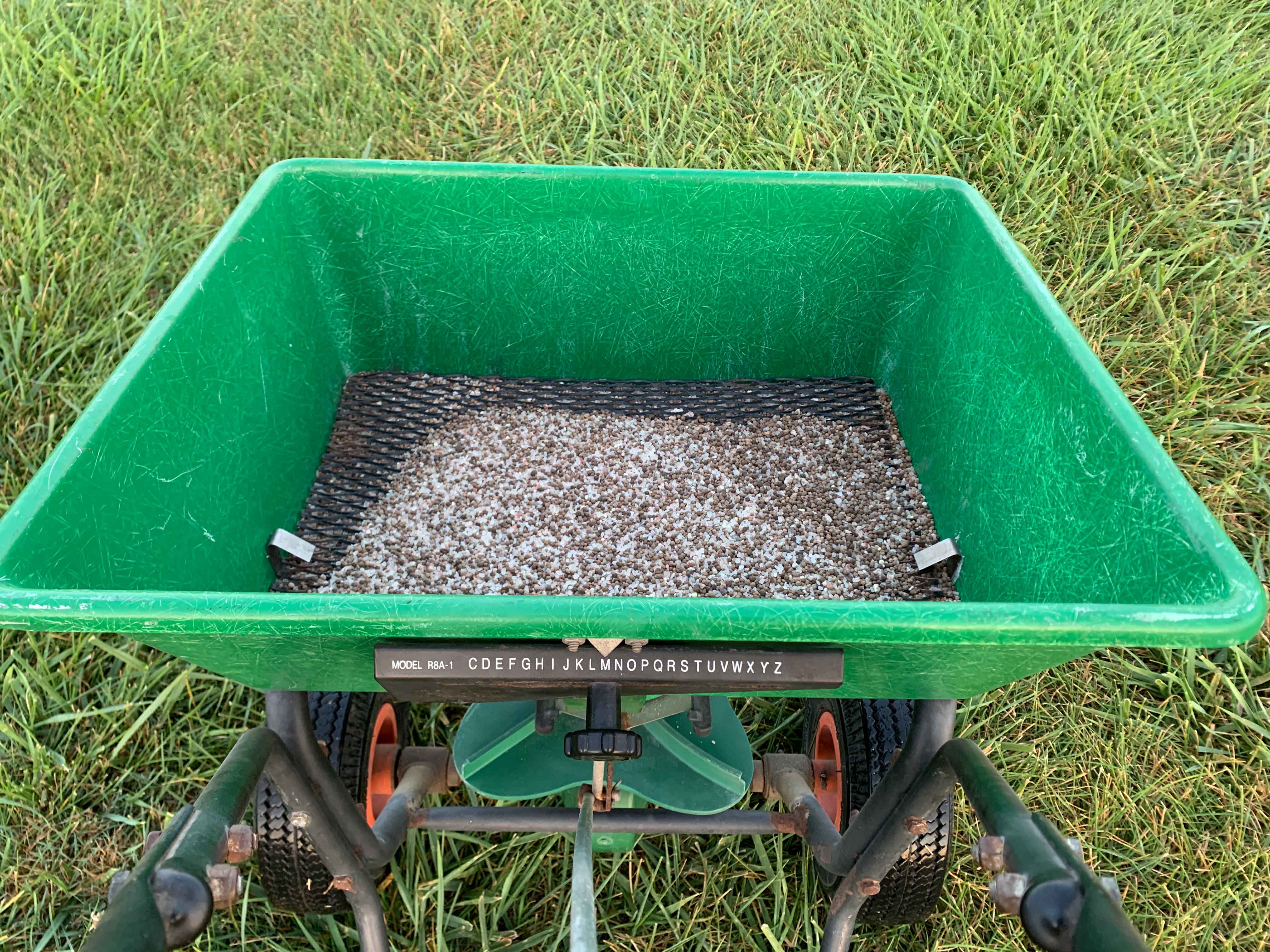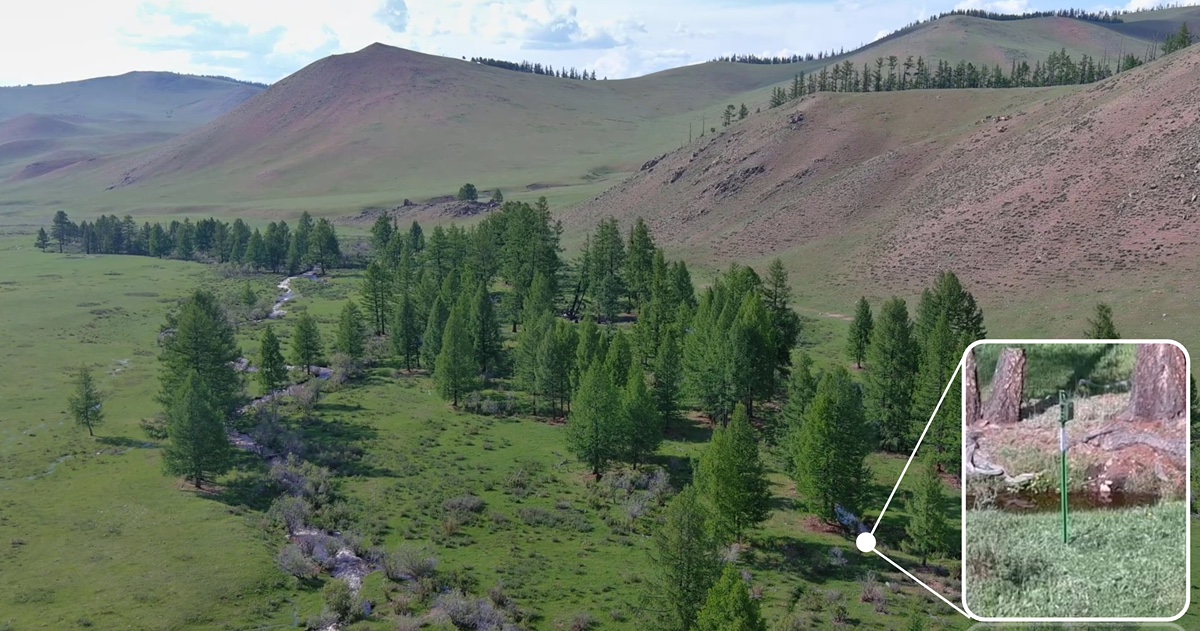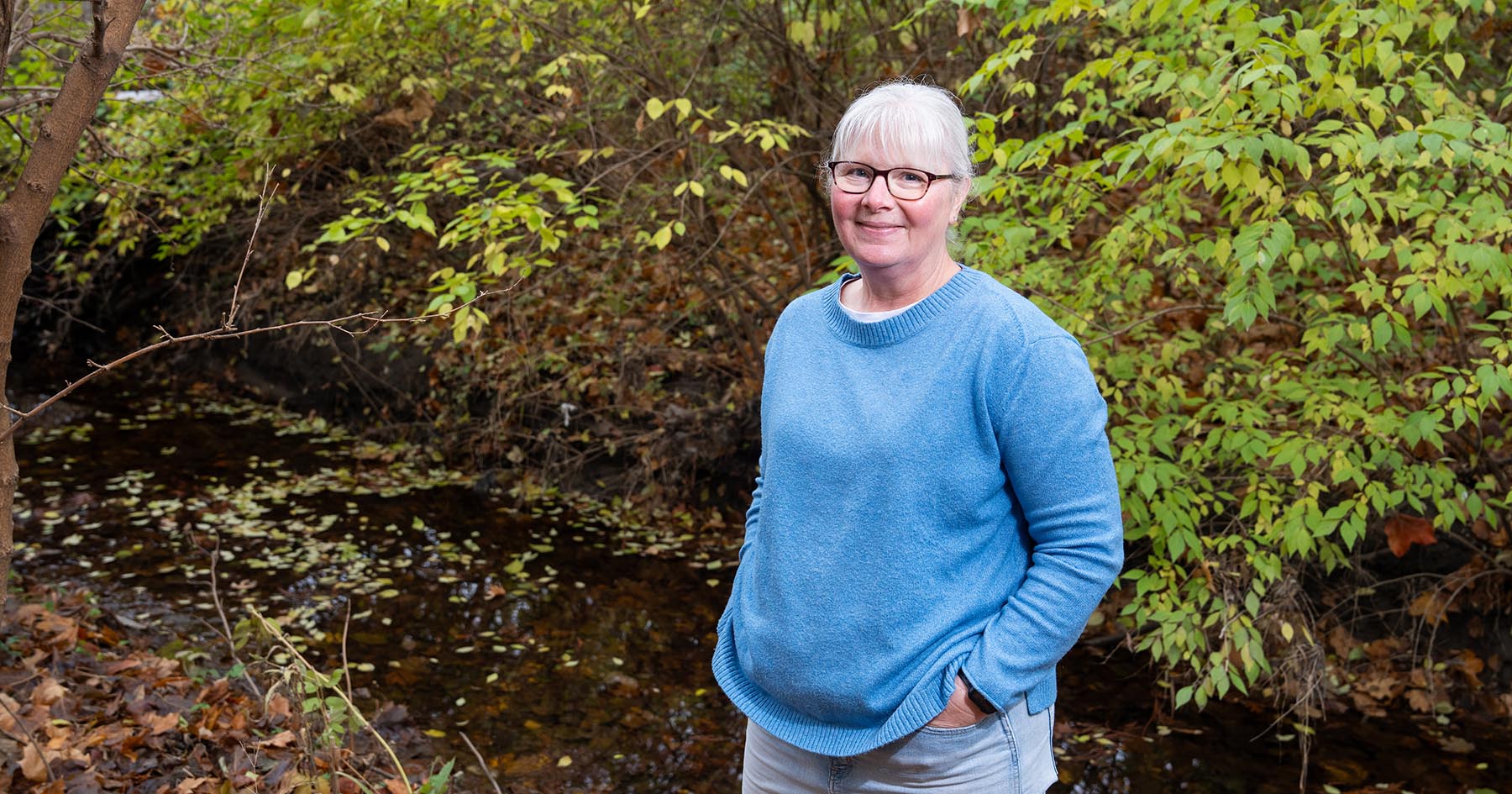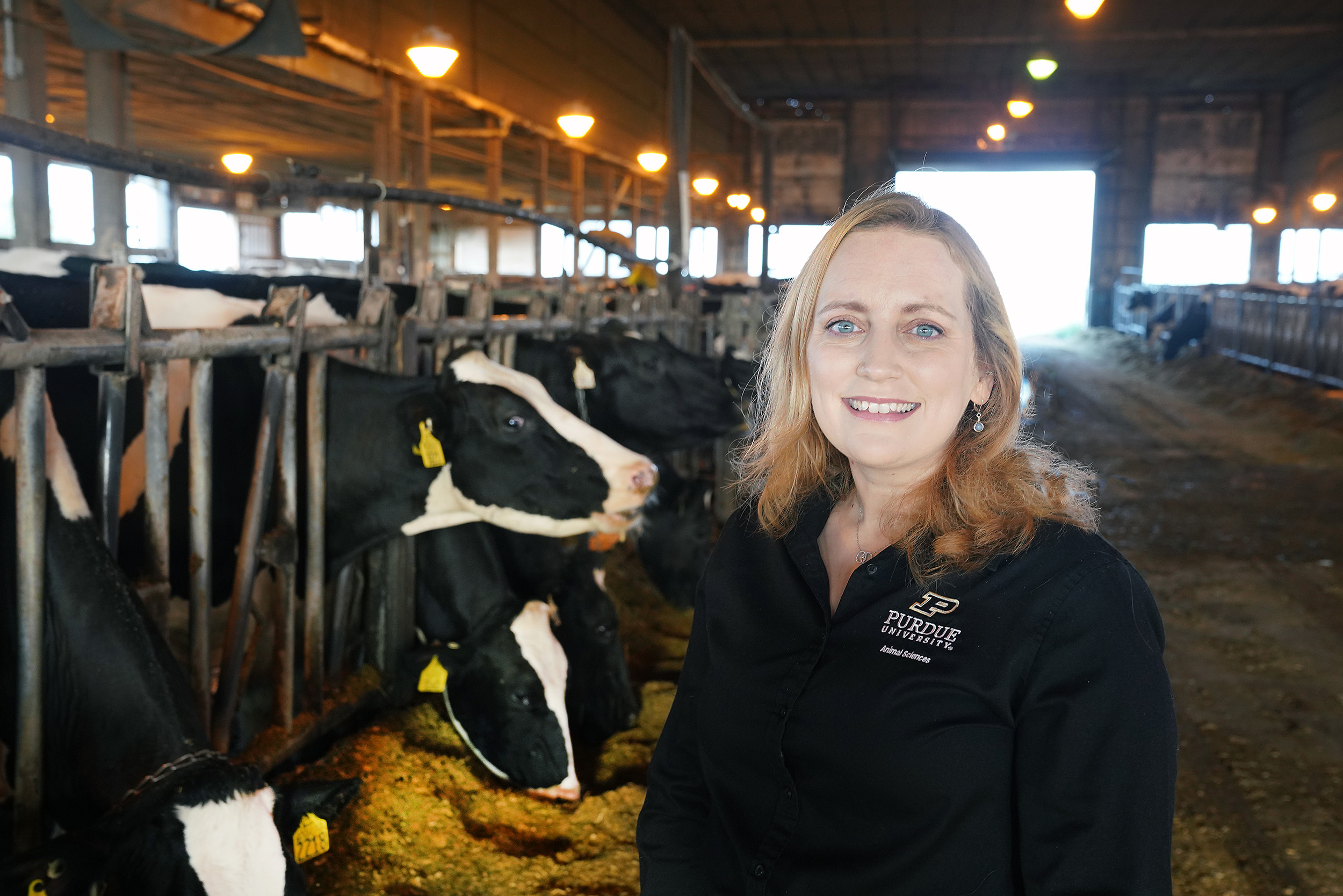Expert tips from Cale Bigelow and The Purdue Turf Team on preparing your lawn for fall
Even if the summer heat is still lingering, autumn is just around the corner. To help you get a jumpstart on cool-weather lawn care, Cale Bigelow, professor of horticulture in Purdue University’s Department of Horticulture and Landscape Architecture, shares essential tips for keeping your lawn in top condition. Here’s how to ensure your lawn can turn over a new leaf and remain healthy this fall.
Feeding your lawn for optimal health
“In Indiana, most of our lawns are cool-season grasses like fescues, Kentucky bluegrass and perennial rye grass,” Bigelow says. “Fall, specifically September, October and early November, is usually one of the best times to feed these lawns. If possible, aim for at least two feedings during this period.”
Applying lawn fertilizers, which are rich in nitrogen and contain smaller amounts of phosphorus and potassium, helps restore lawn density, keeps it greener for longer into the fall and promotes faster greening in the spring.
“Feeding your lawn in the fall, as nighttime air temperatures start to decline, allows the grass to store its essential nutrients and plant sugars. This results in faster greening and denser grass, helping homeowners in terms of weed suppression in lawns,” Bigelow explains.
While Bigelow suggests fertilizing lawns in early September and again about six weeks later, many homeowners apply fertilizer only once a year and often skip fall applications.
The biggest mistake is not feeding in the fall. For those looking to improve their lawn for next year, at least one fall application is going to benefit the turf."
- Cale Bigelow
Seeding for a fuller lawn
“For the best results, seed as soon as possible, ideally over the month of September, as soil temperatures begin to drop,” Bigelow suggests. “Also, by ensuring good seed-to-soil contact – raking the seeds into the ground – you can improve density.”
In cases of extensive thinning, overseeding the entire yard may be needed. To further support the seeding process, and aid in seed-soil contact, you can also consider fall aeration, which involves poking holes in the lawn to alleviate soil compaction and promotes better seed growth. This method not only helps seeds germinate safely with minimal risk of damage from mower blades, it also encourages stronger root development throughout the winter.
Weeding for early prevention
Research wise, fall is one of the better times of the year to treat for weeds. As the seasons change, plants change the way they use their energy. For instance, in the spring, dandelions focus their energy on producing those bright yellow flowers, whereas in the fall, their energy shifts towards root development.”
- Cale Bigelow
To minimize spring weed problems, homeowners should aim to weed from the first of October to mid-month. It’s also important to clear fallen leaves before application, as they can block the herbicide from reaching the lawn’s surface effectively.
Managing your lawn year-round
There’s also some debate about how to mow during fall. Generally, Bigelow recommends maintaining a cutting height of about three inches. “If you’ve been following this three-inch height all season, stick with it and mow as frequently as needed based on the growth of your grass,” Bigelow advises.
To find the best products and practices for fall lawn preparation, rely on reputable resources and be careful with some social media product advertisements. University publications, such as those available on turf.purdue.edu, offer valuable insights for successful lawn care. You can also attend the Turf and Landscape seminar through Purdue Extension or visit the Indiana Green Expo. These resources provide opportunities to learn from experts and gain knowledge on effective year-round lawn management for everything from lawns to sports fields.








